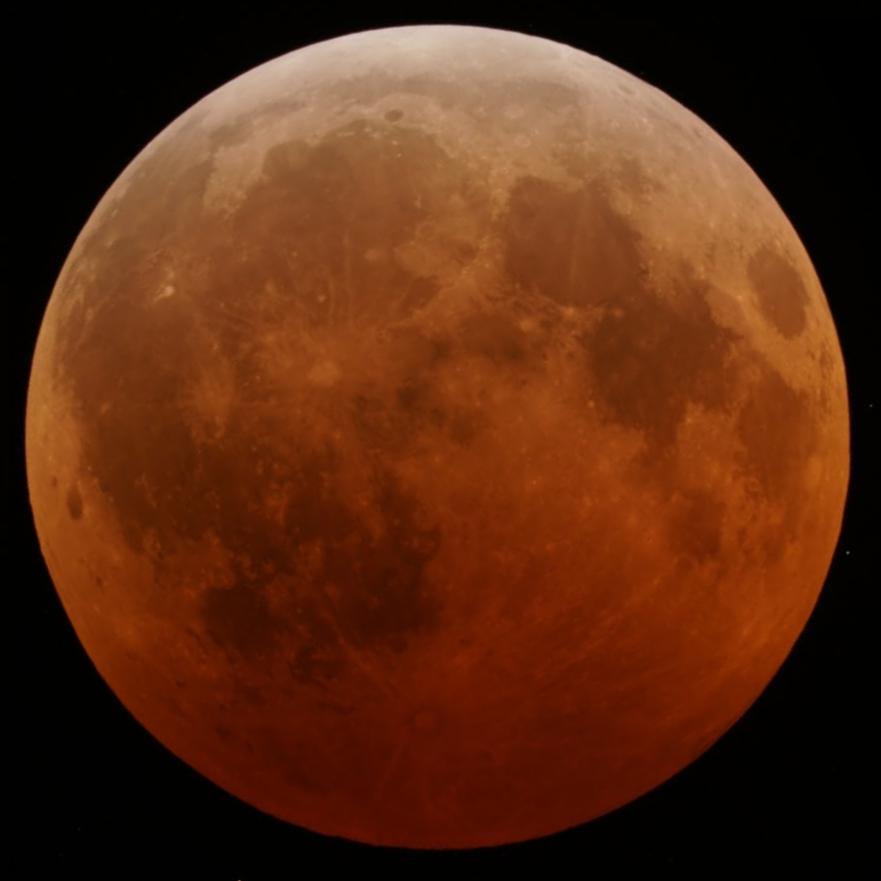The size of our universe, with its multitude of galaxies containing billions of stars, each with numerous planets orbiting around them, is mind-boggling. Although it's probably not infinite in size, its true size is currently unknown.
Many astronomers believe that life is out there, even if the odds are very low, due the sheer number of other worlds in our universe.
This universe might not even be the only one. A growing number of physicists, particularly string theorists (who are a bit loopy at the best of times), believe that there are many other universes out there, possibly even an infinite number of them.
 |
| Yes, this might be a bit of a plug for my favourite TV show, but there may actually be alternate universes, some with histories similar but slightly different than our own. |
If there were an infinite number of universes, it would explain why we find ourselves in a universe that can support life. It's simply because if you were to pick any universe that isn't fit for life, we wouldn't be there asking why we exist at all.
If true, then there are new universes popping into existence outside of our universe constantly. But how can something come from nothing?
If you look at all of the matter and energy in the universe, it will perfectly cancel out with gravity. This means that the overall energy of the universe is exactly zero!
At the tiniest possible level, the quantum level, the world is essentially random. Exact predictions of the future on the quantum level are impossible.
One result of this randomness is that little particles pop in and out of existence all around you extremely quickly. This has been proven in laboratories with very careful and precise experiments.
 |
| There may be many other universes, with a few very similar, but slightly different than ours. |
Another set of theories predict that there may be parallel universes, that may occupy the same space as we do, but in different dimensions.
These ideas are very weird and interesting, but are they really science? Are they even testable?
Whether our universe is one of many in a much larger multiverse will likely never be known, but parallel universes could possibly be detected from gravity leaking through from other dimensions.
Maybe someday we'll travel to these parallel universes (if they actually exist). This is already frequently portrayed in science fiction television shows like Fox's "Fringe". But unlike "Fringe", we have no crazy Dr. Walter Bishop to do this.
Until then, let's allow our mind to relax while we take a look at what's up in this month's night sky.
The new Moon was on Feb. 3 and the full Moon will be Feb. 18.
Jupiter will be low in the western sky this month after sunset. Catch Jupiter while you can, Jupiter will be setting earlier and earlier each night.
Saturn will be rising later in the evenings in the east. If you know someone with a telescope, check out Saturn. In recent months a large white storm has broken out in Saturn's upper atmosphere. This storms is ten Earth-widths in length! It will likely show up as a bright white streak on Saturn's surface.
The Athena Community Astronomy Club will be having its monthly meeting on Feb. 27, the last Sunday of the month. The meeting runs from 7pm to 9pm at the Wilmot Community Centre. Guests are always welcome.
Until next month, just look up!
Hey Kids...
In the winter sky there are a lot of bright beautiful stars. The brightest of these stars, Sirius, looks like it's twinkling the most. If you look upand to the right a little bit, there will be a group of fairly bright stars that make up the constellation Orion. The bright red star is called Betelgeuse (which sounds like beetle-juice). Betelgeuse is a red giant star and is a very lumpy shape. This star will someday blow up and get really bright in our sky. It likely won't be for quite a while, but if we do see it go, it will one of the brightest objects in the sky. It might be almost as bright as the Moon! Keep an eye on the sky, you never know what you might miss.














